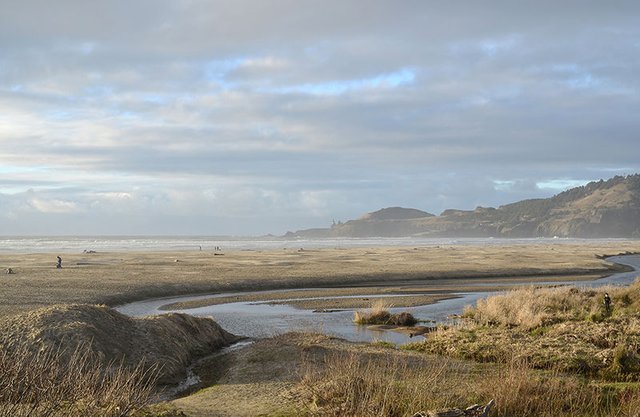Climate scientists unlock secrets of ‘blue carbon’
Tidal wetlands come in many forms, but they could be more alike below the surface than anyone realized. Whether it’s a mangrove forest in Florida, a freshwater swamp in Virginia or a saltwater marsh in Oregon, the amount of carbon locked in a soil sample from each of these coastal ecosystems is roughly the same.

That’s the surprising message from a new analysis of some 1,900 soil cores collected around the United States during the past few decades. “In terms of carbon stocks, all tidal wetlands are very, very similar,” says Lisamarie Windham-Myers, an ecologist with the US Geological Survey (USGS) in Menlo Park, California, who is leading a 3-year, US$1.5-million assessment of coastal carbon funded by NASA. “The variability that everybody expected just doesn’t exist.”
Blue carbon
Over the past decade, scientists and policymakers have pushed to protect the carbon stored in coastal wetlands, known as blue carbon. The goal is to address climate change while protecting ecosystems that sustain fisheries, improve water quality and protect coastlines against storms. But raising money to support such efforts often requires determining precisely how much carbon these ecosystems hold, and how it accumulates over time.